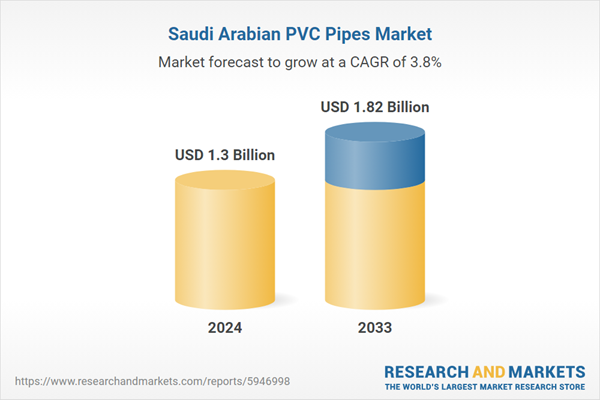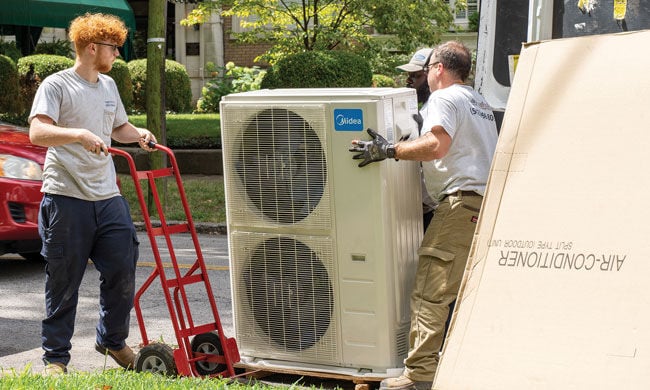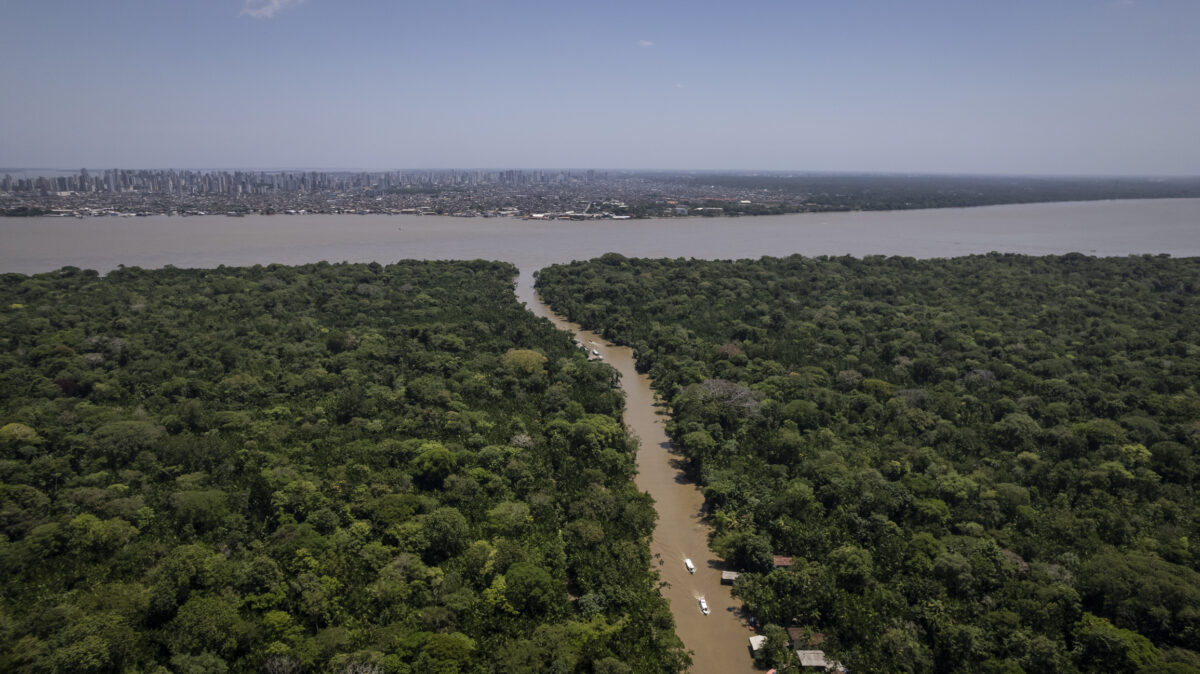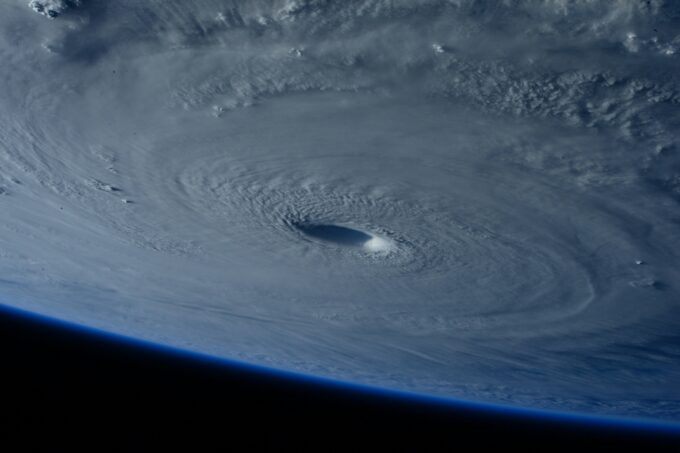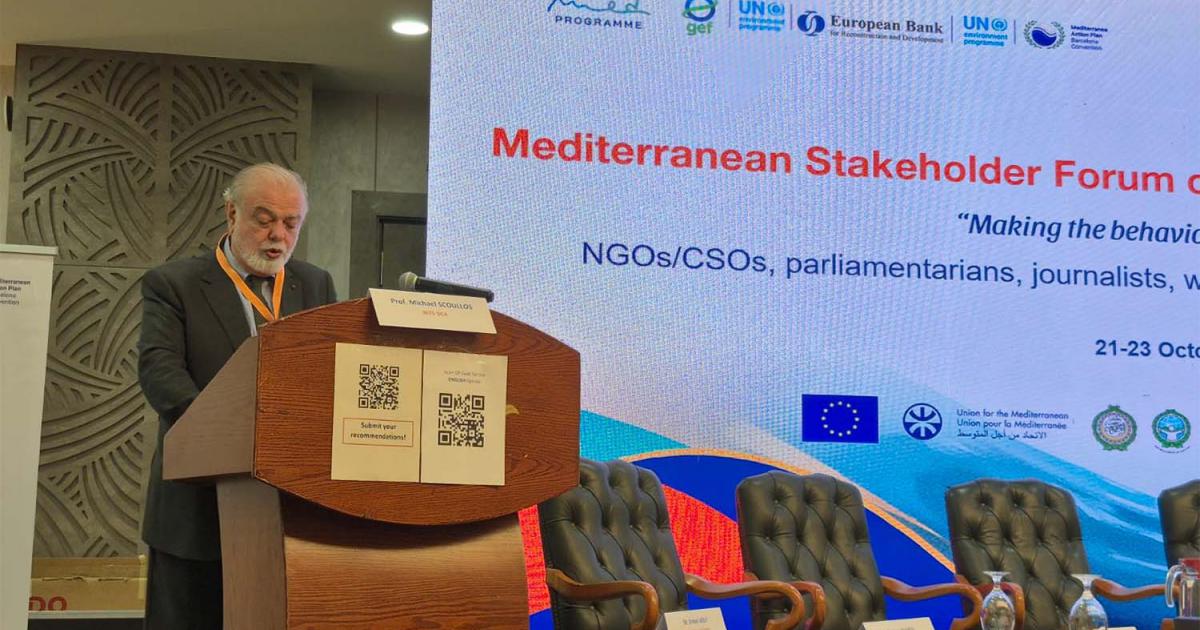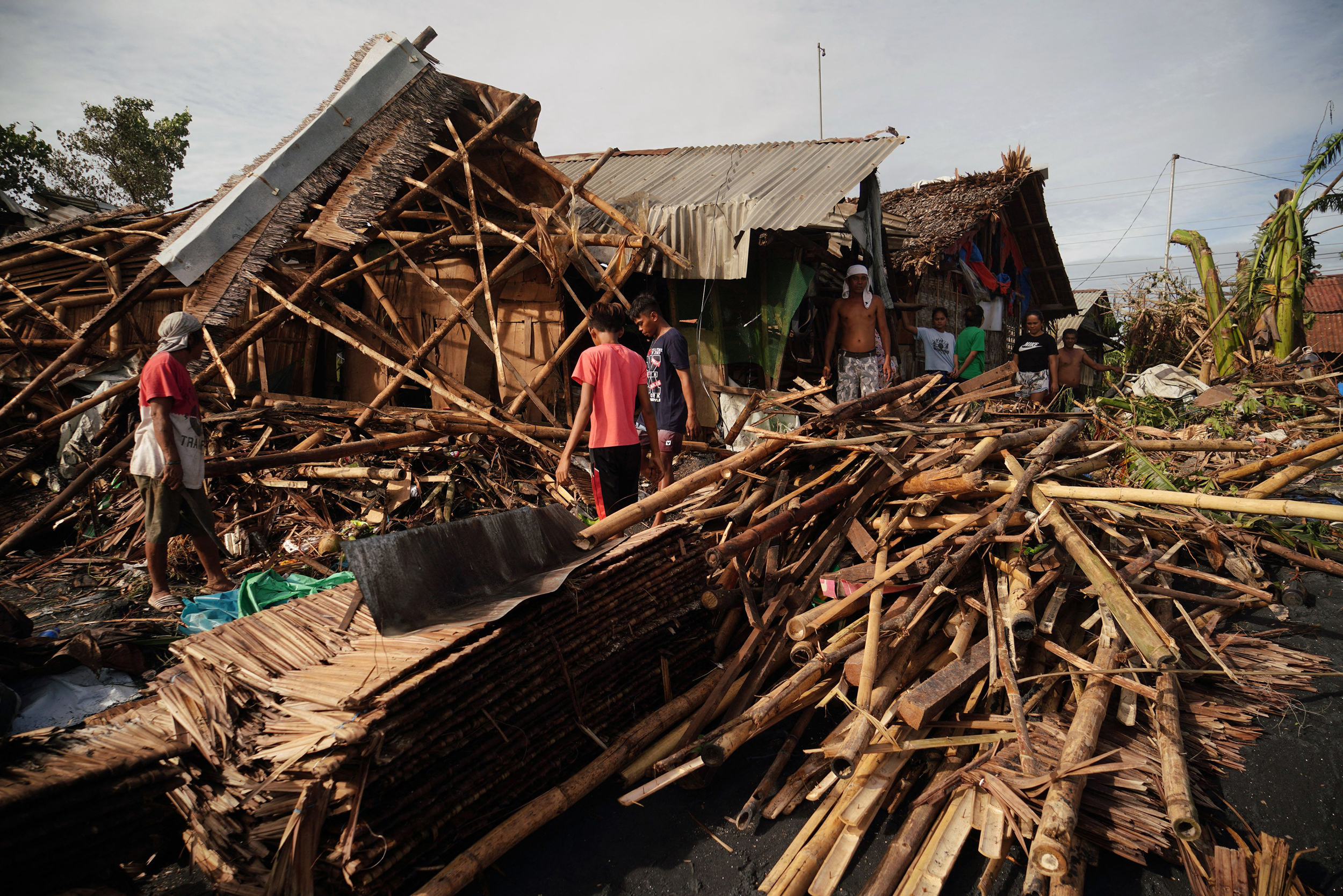As L.A. bakes, duration of heat waves is accelerating faster than climate change, UCLA study shows – Los Angeles Times

Report on the Escalating Duration of Heat Waves and Implications for Sustainable Development Goals
Introduction: A Challenge to SDG 13 (Climate Action)
A recent study by researchers from UCLA and the Universidad Adolfo Ibañez in Chile, published in Nature Geoscience, reveals that the duration of heat waves is increasing at a rate faster than the rise in average global temperatures. This finding presents a significant challenge to the achievement of SDG 13 (Climate Action), indicating that even minor increments in global warming can drastically amplify the risk of prolonged and intense heat events. The research underscores the urgent need for accelerated adaptation strategies to mitigate the cascading impacts on global sustainability targets.
Core Research Findings and Global Impact
The study analyzed historical and projected heat wave data globally, concluding that the most extreme and lengthy heat waves are showing the greatest increases in frequency. This pattern is not uniform, with certain regions facing more severe consequences.
Disproportionate Impacts and SDG 10 (Reduced Inequalities)
The research highlights a critical issue related to SDG 10 (Reduced Inequalities). The most severe changes are projected for tropical regions, including parts of Southeast Asia, South America, and Africa. These areas, often characterized by lower temperature variability, will experience a more pronounced effect from each degree of warming. For instance, the study predicts that heat waves lasting 35 days or more in equatorial Africa could occur 60 times more frequently between 2020 and 2044 compared to the 1990-2014 period. This places a disproportionate burden on nations that may have limited capacity to adapt.
Implications Across Multiple Sustainable Development Goals
The escalating duration and intensity of heat waves have profound and interconnected consequences for several SDGs.
SDG 3: Good Health and Well-being
Prolonged heat poses a direct and lethal threat to human health, undermining progress on SDG 3. Recent events serve as stark warnings:
- A heat wave in Europe was linked to at least 1,500 deaths.
- A late June heat dome in the Eastern U.S. set new daily heat records in over 50 cities, increasing the risk of heat-related illnesses.
SDG 2: Zero Hunger
The agricultural sector is highly vulnerable, jeopardizing SDG 2 (Zero Hunger). Sustained high temperatures threaten food security in multiple ways:
- Many essential crops cannot survive prolonged periods of extreme heat, leading to potential crop failure.
- Longer heat waves contribute to the drying of soil, further stressing agricultural systems and water resources.
SDG 15: Life on Land
The ecological stability targeted by SDG 15 (Life on Land) is at risk. In regions like Southern California, longer heat waves directly increase the danger of catastrophic wildfires by drying out vegetation, threatening terrestrial ecosystems and biodiversity.
SDG 11: Sustainable Cities and Communities
The findings call for urgent action under SDG 11 (Sustainable Cities and Communities). There is a critical need to develop and implement adaptation strategies to protect urban populations and critical infrastructure from the effects of extreme heat. This includes improved urban planning and the development of early warning systems.
The Path Forward: The Role of Research and Partnerships (SDG 17)
The collaborative nature of this research between institutions in the United States and Chile exemplifies SDG 17 (Partnerships for the Goals). However, the report highlights significant challenges to future progress.
Need for Continued Research
Further research is essential to create high-accuracy climate models that can predict specific regional impacts on variables like soil moisture and wildfire risk. This data is vital for informing effective adaptation plans for agriculture and urban management.
Threats to Scientific Advancement
The capacity to conduct this vital research is imperiled by funding cuts to key scientific bodies, such as the National Oceanic and Atmospheric Administration (NOAA). Deprioritizing climate science limits the ability to generate region-specific projections for risk management, thereby hindering adaptation efforts at the very moment they need to be accelerated to meet the challenges posed by climate change.
SDGs Addressed in the Article
- SDG 13: Climate Action: The core theme of the article is the impact of global warming on heat waves, directly addressing the need for climate action and adaptation.
- SDG 3: Good Health and Well-being: The article highlights the health risks of extreme heat, mentioning heat-related deaths and the need to keep people safe.
- SDG 11: Sustainable Cities and Communities: The focus on Southern California, the impact on urban infrastructure, and the need for urban planners to prepare for heat waves connect to this goal.
- SDG 2: Zero Hunger: The article explicitly mentions the threat of worsening heat waves to farming and crops, which is directly related to food security.
- SDG 15: Life on Land: The text discusses how longer heat waves dry out vegetation and increase the danger of wildfires, impacting terrestrial ecosystems.
- SDG 17: Partnerships for the Goals: The article mentions a collaborative study between universities in the US and Chile, the need for further research, and the importance of funding for scientific agencies, all of which relate to partnerships and institutional capacity.
Specific SDG Targets Identified
-
SDG 13: Climate Action
- Target 13.1: Strengthen resilience and adaptive capacity to climate-related hazards and natural disasters in all countries.
Explanation: The article emphasizes the need to “develop strategies to help keep people, agriculture and infrastructure safe in extreme heat” and states that “the rate of our adaptation has to happen quicker and quicker.” This directly calls for increased adaptive capacity to the climate-related hazard of heat waves. - Target 13.3: Improve education, awareness-raising and human and institutional capacity on climate change mitigation, adaptation, impact reduction and early warning.
Explanation: The article highlights the importance of “building high-accuracy weather and climate models to provide the public with timely and accurate heat-related warnings,” which is a key component of improving institutional capacity for early warning.
- Target 13.1: Strengthen resilience and adaptive capacity to climate-related hazards and natural disasters in all countries.
-
SDG 3: Good Health and Well-being
- Target 3.d: Strengthen the capacity of all countries… for early warning, risk reduction and management of national and global health risks.
Explanation: The article points to the deadly consequences of heat waves, citing a study that concluded a heat wave in Europe led to “the deaths of at least 1,500 people.” The call for “timely and accurate heat-related warnings” is a direct measure to reduce and manage this health risk.
- Target 3.d: Strengthen the capacity of all countries… for early warning, risk reduction and management of national and global health risks.
-
SDG 11: Sustainable Cities and Communities
- Target 11.5: By 2030, significantly reduce the number of deaths and the number of people affected… caused by disasters.
Explanation: The mention of 1,500 deaths in Europe and the focus on protecting people in Southern California from “potentially dangerous heat” aligns with the goal of reducing the human cost of disasters like heat waves. - Target 11.b: …increase the number of cities and human settlements adopting and implementing integrated policies and plans towards… adaptation to climate change, resilience to disasters…
Explanation: The article stresses the need for “urban planners” to prepare and for “adaptation planning” to accelerate, which directly relates to cities implementing plans for climate adaptation and resilience.
- Target 11.5: By 2030, significantly reduce the number of deaths and the number of people affected… caused by disasters.
-
SDG 2: Zero Hunger
- Target 2.4: …ensure sustainable food production systems and implement resilient agricultural practices that… strengthen capacity for adaptation to climate change, extreme weather, drought…
Explanation: The article states that “Worsening heat waves also pose a serious threat to farming, as many crops will die at sustained high temperatures,” and that the agricultural industry needs to prepare. This directly addresses the need for resilient agriculture in the face of extreme weather.
- Target 2.4: …ensure sustainable food production systems and implement resilient agricultural practices that… strengthen capacity for adaptation to climate change, extreme weather, drought…
-
SDG 15: Life on Land
- Target 15.3: By 2030, combat desertification, restore degraded land and soil, including land affected by… drought…
Explanation: The article notes that in Southern California, “longer heat waves will dry out vegetation.” This drying of vegetation is a form of land degradation caused by drought-like conditions resulting from extreme heat.
- Target 15.3: By 2030, combat desertification, restore degraded land and soil, including land affected by… drought…
-
SDG 17: Partnerships for the Goals
- Target 17.6: Enhance North-South… regional and international cooperation on and access to science, technology and innovation…
Explanation: The research discussed was a collaborative effort “conducted by researchers from UCLA [USA] and the Universidad Adolfo Ibañez in Santiago, Chile,” which is a clear example of North-South international cooperation on science. - Target 17.16: Enhance the global partnership for sustainable development, complemented by multi-stakeholder partnerships that mobilize and share knowledge, expertise, technology and financial resources…
Explanation: The article underscores the importance of scientific research for adaptation and risk management but warns that this work is “imperiled by the Trump administration’s cuts to climate change research funding,” highlighting the critical role of financial resources in these partnerships.
- Target 17.6: Enhance North-South… regional and international cooperation on and access to science, technology and innovation…
Indicators for Measuring Progress
-
SDG 13 & SDG 11
- Number of deaths and affected persons attributed to disasters: The article explicitly mentions “the deaths of at least 1,500 people” in a European heat wave, providing a direct metric for Indicator 11.5.1 / 13.1.1.
- Frequency, duration, and intensity of heat waves: The entire study is based on measuring and projecting these variables. The finding that “the duration of heat waves is increasing faster than global warming” implies these are key metrics.
- Implementation of early warning systems: The call for “timely and accurate heat-related warnings” implies that the existence and effectiveness of such systems are a measurable indicator of progress.
- Number of adaptation strategies implemented: The article’s call to “develop strategies” and “accelerate adaptation planning” implies that the number and scope of these plans are a key indicator of progress towards resilience.
-
SDG 2 & SDG 15
- Impact on crop yields/agricultural productivity: The statement that “many crops will die at sustained high temperatures” implies that crop loss or a decline in agricultural productivity can be used as an indicator of the impact of heat waves.
- Area of land affected by drought/vegetation loss: The mention that heat waves “will dry out vegetation” suggests that measuring the extent of this impact on land cover is a relevant indicator.
- Frequency and intensity of wildfires: The article links longer heat waves to an increased “danger of wildfires,” making wildfire statistics an implied indicator.
-
SDG 17
- Funding for climate research: The article directly mentions “cuts to climate change research funding” for agencies like NOAA as a threat, making the level of funding a clear, measurable indicator of support for scientific partnerships.
- Number of joint scientific and technological publications: The study itself, “published in Nature Geoscience” by a US-Chilean team, serves as an example of this indicator (Indicator 17.6.1).
Table of SDGs, Targets, and Indicators
| SDGs | Targets | Indicators Identified in the Article |
|---|---|---|
| SDG 13: Climate Action | 13.1: Strengthen resilience and adaptive capacity to climate-related hazards.
13.3: Improve education, awareness-raising and… early warning. |
– Frequency, duration, and intensity of heat waves. – Number of adaptation strategies developed and implemented. – Existence and effectiveness of public early warning systems. |
| SDG 3: Good Health and Well-being | 3.d: Strengthen capacity for early warning, risk reduction and management of… health risks. | – Number of deaths attributed to heat waves (e.g., “1,500 people” in Europe). |
| SDG 11: Sustainable Cities and Communities | 11.5: Significantly reduce the number of deaths… caused by disasters.
11.b: Increase cities implementing plans towards… adaptation to climate change. |
– Number of deaths attributed to disasters. – Number of cities with adaptation plans for extreme heat. |
| SDG 2: Zero Hunger | 2.4: Ensure sustainable food production systems and implement resilient agricultural practices. | – Impact on crop yields and agricultural productivity due to heat. |
| SDG 15: Life on Land | 15.3: Combat desertification, restore degraded land… affected by… drought. | – Area of land with dried-out vegetation. – Frequency and area of wildfires. |
| SDG 17: Partnerships for the Goals | 17.6: Enhance… international cooperation on… science, technology and innovation.
17.16: Enhance the global partnership… [with] financial resources. |
– Number of international scientific collaborations (e.g., the UCLA/Chile study). – Amount of funding for climate research agencies (e.g., NOAA). |
Source: latimes.com

What is Your Reaction?
 Like
0
Like
0
 Dislike
0
Dislike
0
 Love
0
Love
0
 Funny
0
Funny
0
 Angry
0
Angry
0
 Sad
0
Sad
0
 Wow
0
Wow
0



























